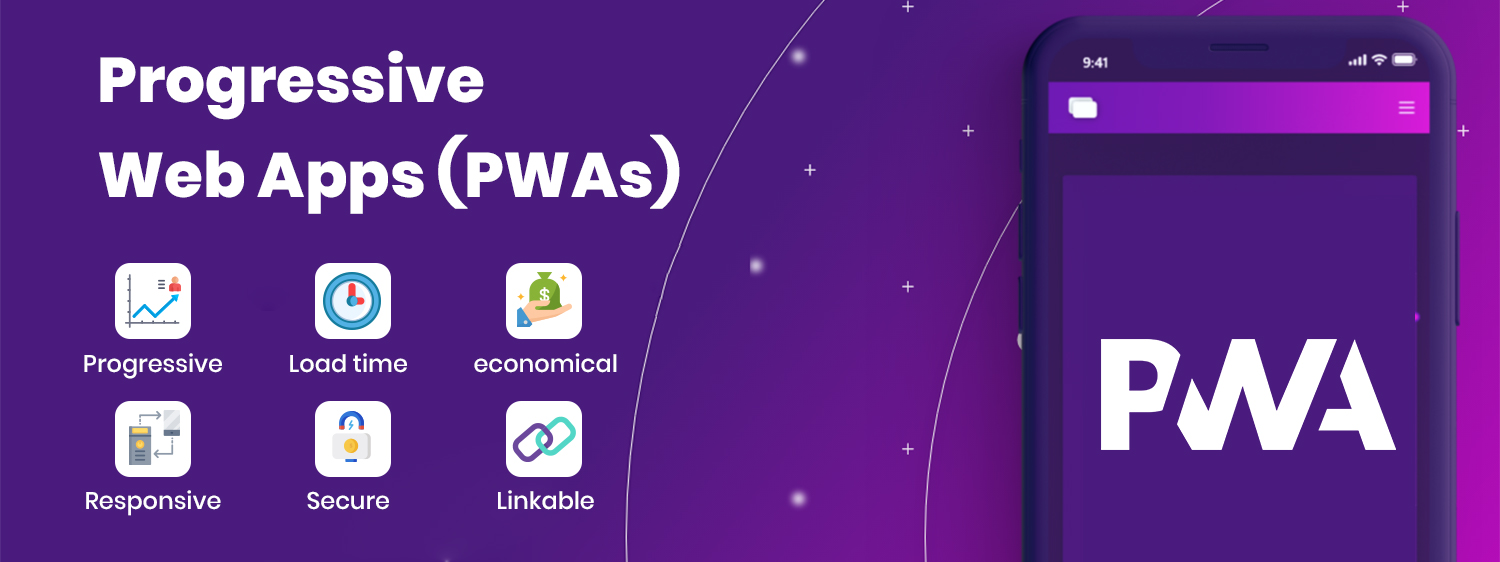Much has been written about Progressive Web Applications (PWA) in the technical news media and on social platforms in recent years. The mentions were most often presented in extremely positive terms, such as "websites of the future" and "death of native apps".
In this article, we will delve into what a PWA is, what the pros and cons are, and help you decide whether you should consider developing a PWA or not.
What exactly is a PWA?
A PWA can be described as a web application, a common website that offers extensive functionality through modern web features such as push notifications, offline support, and exceptional performance. So, it is a pure web technology, offering the feeling of being a real smartphone app.
Google is one of the main supporters behind the PWA technology. They describe it as a web page that offers a "reliable", "fast" and "attractive" user experience.
Reliability: A web app is reliable and accessible independently of the network and internet connection. The user can access the application through a shortcut icon on the home screen of the phone. This is in many ways quite revolutionary, as a website is usually associated with something that the user can only access by actively navigating to the website through the address bar and where the page's session or lifetime only exists while the browser is open. The web app is accessed from an icon on the phone's home screen and it lives on after closing the window.
Speed: Speed refers primarily to the loading of the front page and the subsequent navigation between the subpages. Parameters such as "first meaningful paint" (the time it takes for a page's primary content to appear on the screen), "speed index" (a page load performance metric that shows how quickly the contents of a page are visibly populated) and "time to interactive" (the time a page takes before the user can interact with it – how long before it responds to a click) are all extremely critical for web apps. All these are directly related to visitor retention, user experience and conversions.
Engagement: An engaging web app invites visitors to an immersive user journey, by adjusting settings such as screen orientation, full-screen display, theme colors, splash screen and more. It allows to send push notifications and gives the visitors several different possibilities to go to previous pages, resume the previous journey, or direct their attention towards something new.


